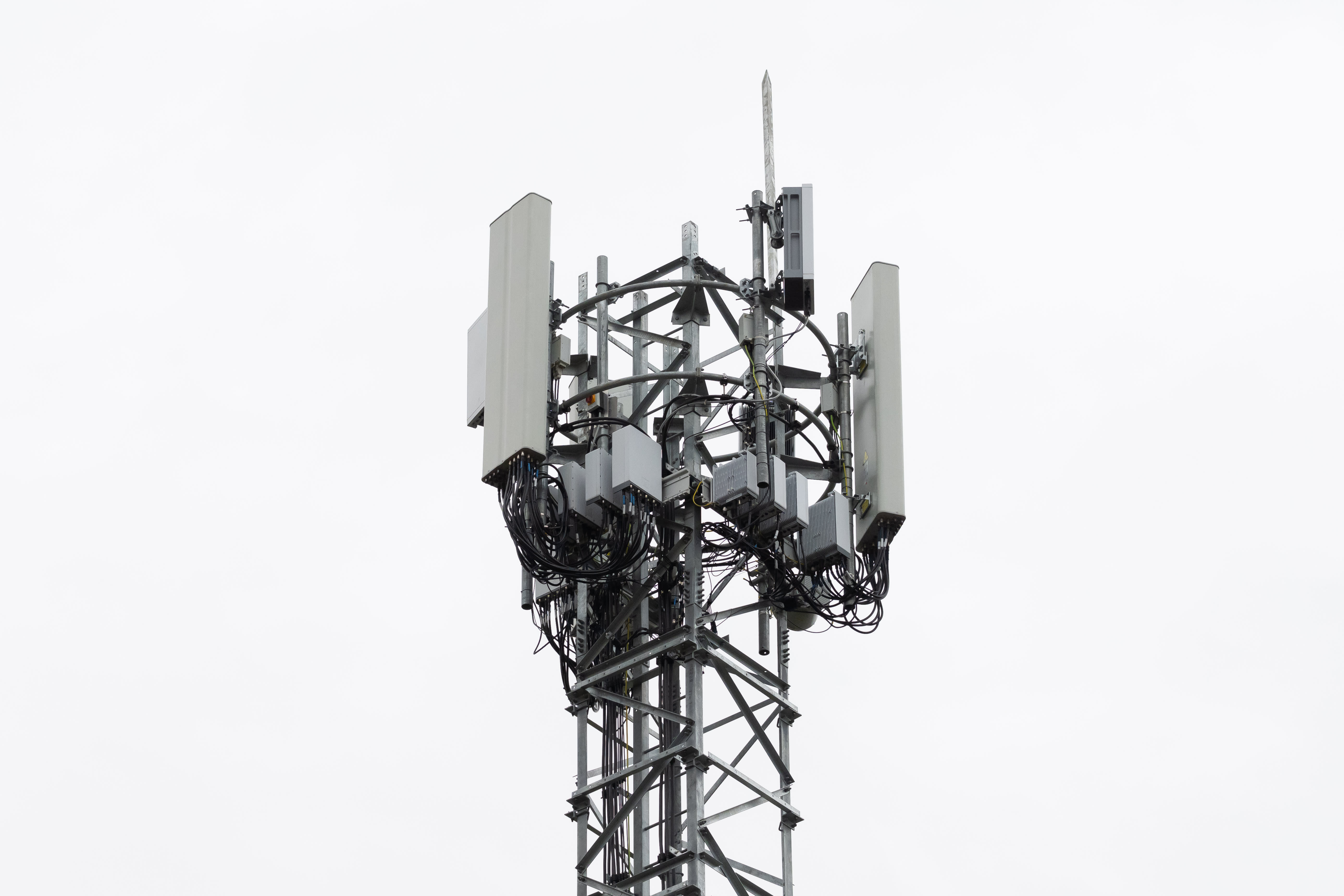What is the safest distance from the 5G cell Tower?

If you've ever walked through a town you might have noticed tiny cell towers for 5G placed on poles for street lighting. They look like little boxes, but they're actually broadcasting wireless signals from cellular providers to your phone.

These smaller towers are replacing larger built cell towers. While safe distance from cell tower but they can still cause problems for people.
The of the FCC's Radiation Exposure Thresholds
The FCC's Radiation Exposure Thresholds define the maximum amount of time one can expose to electromagnetic radiation from wireless devices. The limits for exposure are based on scientific data that show that RF energy could be harmful to human health.
The specific absorption rate (SAR) is an indicator of the radiofrequency energy that is taken up by tissues. It's typically 1.6 Watts per kilogram calculated over one gram of tissue.
But, since 5g operates at higher frequencies, it has the potential to cause greater energy intensity on the skin and other directly-exposed body areas. This can lead to a wide range of possible harms, like the formation of skin disorders such as dermatitis, cataracts and skin cancer.
Due to the possible negative effects of 5G radiation, PSU has chosen to set a general localized power density limit of 4 mW/cm2 measured over 1 cm2, and never exceeding 30 minutes for the entire 5G spectrum at 3000 GHz. This limit for localization is in line with the highest spatial-average SAR of 1.6 W/kg averaged over 1 g of tissue at 6 GHz.
The FCC's Maximum Exposure Thresholds for Maximum Exposure
If you've ever used a cell phone, you probably know that the safest range from the tower is around 400 meters. This is because the power of transmission from the cell tower is significantly increased the further your location from the tower.
While this sounds like something that's good, the reality is that those living close to towers may actually be more susceptible to health problems. For instance, a 2014 study in India found that residents living within 50 meters from cell towers suffered significant more health issues than those who were distance from them.
However, this study also found that people who moved to areas further away from cell towers noticed their symptoms return to normal within a few days. Another study has shown that exposure to high amounts of electromagnetic field radiofrequency (EMFs) can lead to brain tumors, cancer as well as other health issues.
This is because RF radiation, which is used in wireless communications, may be absorbed by the body's outer layer, which is the skin. This is important to understand since the skin functions as a shield against mechanical injury, infection by pathogenic microorganisms, and entry of toxic substances. Additionally, it is the most important organ of the human body. It is responsible for protecting other organs.
The FCC's Minimum Exposure Thresholds
The FCC's Minimum Exposure Thresholds are based on a variety of assumptions that are not supported by scientific evidence. safe distance from cell tower include the erroneous assumption that short-term exposures to RF radiation are safe due to the limited penetration into the body (i.e. the heating of tissues).
The assumption also ignores the deeper penetration of the ELF elements of modulated radio signals and the effects of brief bursts of heat caused by RF pulses. These assumptions are not in line with the current understanding of biological consequences of RF radiation, and thus they should not be relied upon for health-protection exposure standards.
Furthermore, what is a safe distance from a 5g cell tower and FCC restrict their exposure limits to local peak SARs based on the peak frequency of absorption (psSAR) that is not a sufficient dosimetric tool for determining the level of exposure to RF radiation. In particular it is inconclusive when frequencies exceed 6 GHz. Additionally, psSAR hasn't been tested for RF radiation with co-exposure to other agents of the environment such as sunlight. Interactions of RF radiation and other environmental agents could produce synergistic or antagonistic impacts. This can lead to the risk of having adverse health adverse effects. For instance, exposure to RF radiation and sunlight could cause an increase in the incidence of developing skin cancer, and may also exacerbate other skin conditions like acne.
